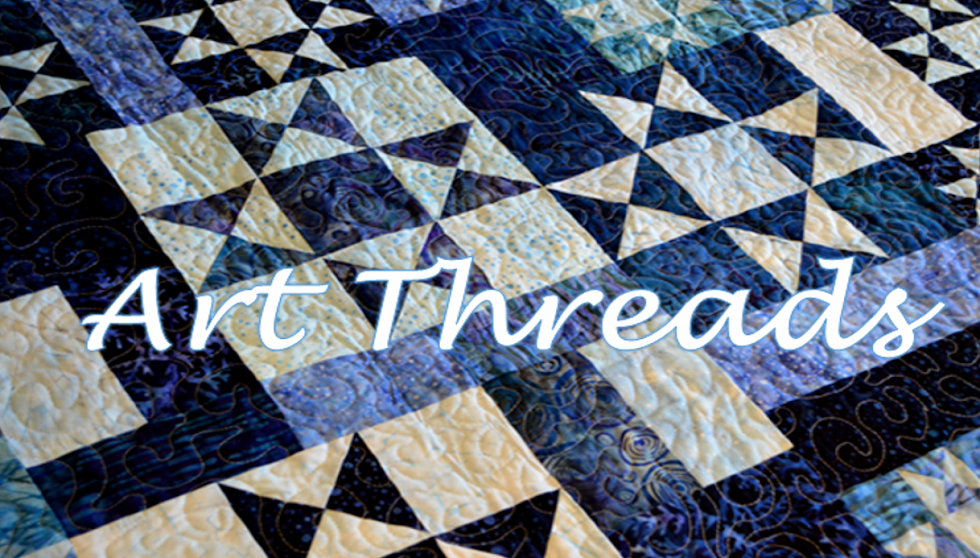Basic color theory is easy to grasp and very helpful when planning projects.
The color wheel is a tool that helps you mix colors and also helps in planning color schemes.
The three primary colors (red, yellow, blue) alternate with the three secondary colors (violet, green, and orange). They each have a specific place on the color wheel so that when you look at a secondary color, you see it in between the two primary colors used to mix it. For example, violet is in between red and blue - you use red and blue to mix violet. The neutral colors (white, browns, grays, black) are not on the color wheel.
To mix brown, choose two colors that are across from each other on the color wheel, like red and green. Each of the complement pairs makes a different type of brown. Sometimes you get a perfect brown on the first try, sometimes you have to zero in on it. If I mix yellow and purple and feel my brown looks too greenish I can add a little red (because it's across the color wheel from green) to it.
Tints, such as pink, are made by adding a color to white. Always start with the white and add the color or by the time you get a tint you'll have made a gallon!
Shades, such as forest green, are made by adding black to a color. In this case start with the color and add black to it. Same reason as above.
Four good color schemes to begin with are complementary, analogous, monochromatic, and triadic.
In a complementary color scheme, colors opposite each other on the color wheel are used, plus neutral colors. Using bright hues of complementary colors can make a design stand out - or "pop." Blue and orange are across from each other, so I could use all hues of blues and oranges. My design might look something like this:
In an analogous color scheme, different hues of colors next to each other on the color wheel are used, plus the neutrals. Yellow and green are next to each other on the color wheel and might look like this in my design:
Monochromatic color schemes use different hues of one color, plus the neutral colors. If I choose red for a monochromatic scheme, my design might look like this:
Triadic color schemes use three colors that are equal distance from each other on the color wheel - red, blue, and yellow or green, orange, and violet. Here's how the second group would work in my design:
Play around with different colors and see how it changes your project.





